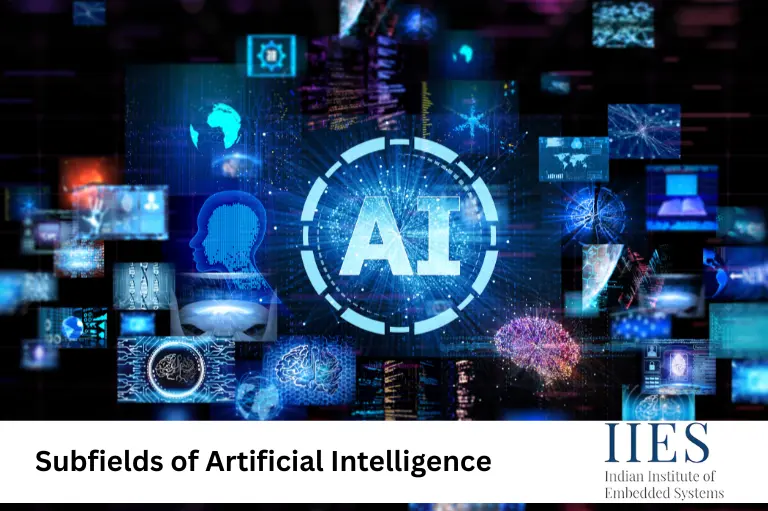
Artificial Intelligence powers diverse applications such as chatbots, self driving cars, and medical diagnostic systems. Understanding the concepts and subfields of Artificial Intelligence helps learners and professionals create intelligent solutions that transform industries, enhance decision making, and shape the future of technology. This knowledge can be further strengthened through Artificial Intelligence training.
The subfields of Artificial Intelligence represent specialized domains that focus on different aspects of intelligent behavior. These areas combine data, logic, and algorithms to make machines smarter and more adaptive. Each field contributes uniquely, from enabling visual recognition to understanding natural language and automating physical actions.
| Subfield | Purpose | Key Features | Applications |
| Machine Learning | Learn from data | Supervised, Unsupervised, Reinforcement Learning | Fraud detection, Predictive analytics |
| Expert Systems | Decision-making using rules | Knowledge-based reasoning | Medical diagnosis, Technical support |
| Computer Vision | Understand images and videos | CNNs, Object detection | Self-driving cars, Healthcare |
| Natural Language Processing | Process human language | Transformers, Sentiment analysis | Chatbots, Translation |
| Robotics | Intelligent automation | Sensors, AI-based control | Manufacturing, Service robots |
Machine Learning is the core of modern AI. Instead of programming every rule, ML systems learn from data and adapt automatically, enabling predictive and adaptive intelligence.
Expert Systems are rule-based AI models that replicate human decision-making using a knowledge base and inference engine. They are essential in structured decision processes.
Computer Vision empowers machines to interpret and analyze visual data, playing a key role in automation, safety, and intelligent recognition systems.
Visual data is converted into numerical arrays, which deep learning models such as Convolutional Neural Networks (CNNs) analyze for object recognition and pattern detection.
Natural Language Processing (NLP) enables computers to understand and communicate in human language. It bridges the gap between human expression and machine comprehension.
Robotics integrates AI subfields like perception, control, and learning to achieve autonomous physical action and decision-making.
| Subfield | Function | Example |
| Machine Learning | Learn from data | Recommendation systems |
| Expert Systems | Logical reasoning | MYCIN, Nest Thermostat |
| Computer Vision | Visual recognition | Image recognition using CNN |
| Natural Language Processing | Text and speech analysis | Chatbots, Sentiment analysis |
| Robotics | Physical automation | Self-driving cars |
Understanding the subfields of Artificial Intelligence helps you explore how machines learn, reason, and interact with the world. Each subfield, from Machine Learning to Robotics, plays a crucial role in developing intelligent, ethical, and future ready systems. Mastering these foundations prepares you for advanced AI applications in embedded systems, automation, communication, and beyond.
The five major areas are Machine Learning, Expert Systems, Computer Vision, Natural Language Processing, and Robotics.
Machine Learning learns patterns from data, while Expert Systems depend on predefined rules and logic.
It is used in self-driving cars, facial recognition, and healthcare imaging
Chatbots, virtual assistants, and sentiment analysis tools.
By combining perception, planning, and control to perform autonomous real-world actions.
Indian Institute of Embedded Systems – IIES